An invertebrate is an animal that lacks a vertebral column, commonly known as a backbone or spine. This group of animals encompasses more than 90% of all living animal species, making it an essential component of biodiversity on our planet. Unlike vertebrates, which possess a defined skeletal structure with a backbone, invertebrates have various other means of support and defense, such as exoskeletons and hydrostatic skeletons.
Invertebrates can be found in various shapes, sizes, and habitats. They include microscopic organisms like mites and nearly invisible flies, as well as massive creatures like the giant squid, known for their soccer-ball-size eyes. The invertebrate group is paraphyletic, which means it consists of all animals except for the chordate subphylum Vertebrata – a diverse range of creatures that do not share a common ancestor.
Fossils of invertebrate species can be traced back as far as 600 million years ago, demonstrating their long history of adaptation and evolution. Studying invertebrates provides valuable insights into the vast diversity of life on Earth and the ecological roles these organisms play in various ecosystems.
| Invertebrate Type | Characteristics | Examples |
|---|---|---|
| Arthropods | Exoskeleton, Segmented Body, Paired Jointed Appendages | Spiders, Crabs, Insects |
| Mollusks | Soft-bodied, Most Have Hard Protective Shell | Snails, Octopuses, Clams |
| Echinoderms | Water-based, Radial Symmetry, Endoskeleton | Starfish, Sea Cucumbers, Sea Urchins |
| Poriferans | Multi-cellular organisms with pores | Sponges |
| Cnidarians | Simple, aquatic, radial symmetry | Jellyfish, Anemones, Corals |
What Are Invertebrates?
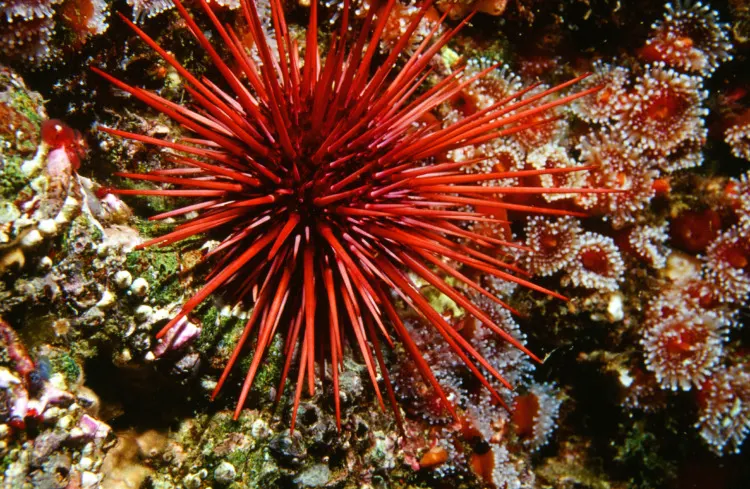
Invertebrates are animals that lack a vertebral column, commonly known as a backbone or spine. They make up more than 90 percent of all living animal species, ranging in size from microscopic organisms to large creatures like giant squids. Unlike vertebrates, which have a mostly bony skeleton or cartilaginous skeleton, invertebrates have different types of body structures.
The absence of a backbone in invertebrates allows for a wide variety of body shapes and forms, leading to a vast diversity of species. These animals can be found in nearly every habitat on Earth, from deep ocean trenches to the highest mountains. Their adaptability and resilience contribute significantly to their overall success as a group.
Invertebrates are classified into various groups based on shared characteristics. Some common types of invertebrates include:
- Arthropods: This group comprises insects, arachnids, crustaceans, and other jointed-limb animals. They have exoskeletons made of chitin, which provide structure, support, and segmented bodies.
- Mollusks: Comprising snails, slugs, clams, octopuses, and other soft-bodied animals, mollusks typically have a muscular foot and a mantle, which secretes the shell in most species.
- Annelids: Earthworms, leeches, and other segmented worms belong to this phylum. They can be recognized by their elongated, tube-like bodies and repeated internal segments.
- Echinoderms: Starfish, sea urchins, sand dollars, and other aquatic creatures with radial symmetry and spiny skin are part of the echinoderm group.
- Cnidarians: This group includes animals like jellyfish, corals, and sea anemones, which have tentacles with specialized stinging cells called cnidocytes.
These are just a few examples of the incredible diversity of invertebrate groups, each exhibiting unique characteristics. As a result, invertebrates inhabit a broad range of ecosystems, from the ocean depths to arid deserts and even within other organisms. Their sheer numbers and variety have made them vital components of ecosystems and food chains worldwide.
Classification of Invertebrates
Invertebrates are animals that lack a vertebral column, or backbone. They make up more than 90% of all living animal species.
Invertebrates can be classified into several phyla, such as Porifera, Cnidaria, Platyhelminthes, Nematoda, Annelida, Arthropoda, Mollusca, and Echinodermata. Each phylum has unique characteristics and examples.
Mollusks and Crustaceans
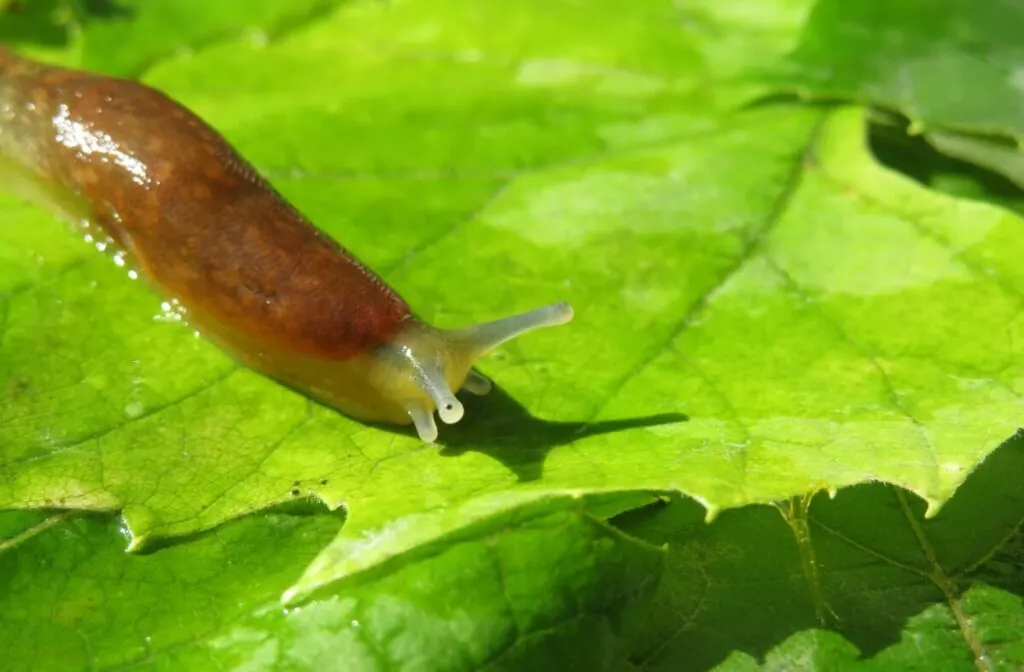
Mollusks and crustaceans are two major groups of invertebrates belonging to distinct phyla: Mollusca and Arthropoda.
Mollusks are a diverse group of invertebrates, which include animals like clams, squid, and snails. This phylum is characterized by a soft-bodied structure, with some species possessing an external shell for protection. Mollusks can be found in various marine, freshwater, and terrestrial environments.
Mollusks are further grouped into three main classes:
- Gastropods: Snails, slugs, and sea snails. They usually have a single, coiled shell and a muscular foot for locomotion.
- Bivalves: Clams, oysters, and mussels. They have a two-part hinged shell and filter-feed through their gills.
- Cephalopods: Squid, octopuses, and cuttlefish. They are characterized by a well-developed head, complex eyes, and tentacles for capturing prey.
Crustaceans belong to the phylum Arthropoda and are characterized by having a hard exoskeleton, jointed limbs, and a segmented body. Examples of crustaceans include crabs, lobsters, and shrimp. They are predominantly marine animals, but can also be found in freshwater and terrestrial environments.
Crustaceans are also categorized into several subgroups, some of which are:
- Decapods: Crabs, lobsters, and shrimp. They have ten legs, with the first three pairs usually modified for feeding and defense.
- Isopods: Pill bugs and sow bugs. They typically have a flattened body and seven pairs of legs.
- Amphipods: Scuds and sand hoppers. They have a laterally compressed body and are usually found in marine and freshwater habitats.
See Related: World’s Most Boring Animals & Species
Habitats of Invertebrates

Invertebrates, which make up more than 90% of all animal species on Earth, can be found in various habitats around the world. They are able to thrive in many animals and diverse environments, like terrestrial, aquatic, and marine habitats.
On land, invertebrates such as insects, spiders, and worms inhabit a wide range of ecosystems. Forests, deserts, grasslands, and even urban environments serve as homes to vast majority of diverse terrestrial invertebrates. These creatures play critical roles in the ecosystem, such as pollination, decomposition, and serving as a food source for other animals.
Aquatic habitats, including freshwater bodies like lakes and rivers, provide homes for various types of invertebrates, such as dragonflies, water beetles, and freshwater snails. These freshwater invertebrates contribute to the overall health and biodiversity of their habitats, participating in essential processes such as nutrient recycling and supporting food webs.
Marine invertebrates, residing in oceans and seas, are remarkably varied, constituting a small proportion yet large part of the ocean’s biodiversity. Examples of marine invertebrates include sea squirts, coral polyps, sea anemones, and a variety of mollusks. These species inhabit diverse marine environments, such as tidal pools, coral reefs, and deep-sea regions.
Reproduction and Lifespan
Invertebrates, animals that lack a vertebral or spinal column together, make up more than 90 percent of all living animal species. Their reproduction and lifespan can vary greatly depending on the specific species or group, but there are some general characteristics and strategies they employ.
Reproduction Strategies
Most invertebrates reproduce sexually, involving the production and fusion of haploid gametes – sperm and eggs. The resulting diploid offspring inherit genetic material from both parents, allowing for genetic diversity and adaptation. Some invertebrates are hermaphroditic, meaning the same individual produces both sperm and eggs, while others have separate sexes.
Asexual reproduction is another strategy employed by some invertebrates, such as budding, fission, or fragmentation. In these cases, offspring are genetically identical to the parent, as they are produced without the fusion of gametes. This method allows for rapid population growth and colonization of new environments.
Many invertebrates have complex life cycles that include a larval stage. These larvae often develop, look and behave differently from their adult counterparts. For example:
- Insects, such as butterflies and moths, undergo metamorphosis, which includes egg, larval (caterpillar), pupal, and adult stages.
- Echinoderms, like sea stars and sea urchins, have a planktonic larval stage called the bipinnaria, which eventually settles, undergoes metamorphosis, and develops into the adult form.
Depending on the species, invertebrate lifespans can range from just a few days to several decades. Some factors that influence their longevity include reproduction methods, environmental conditions, predation, and competition for resources.
Invertebrates and Ecosystem
Invertebrates are animals that lack a backbone or vertebral column. They make up more than 90% of all living animal species and can be found in various habitats, both on land and in water. Invertebrates play crucial roles in ecosystems and contribute to the maintenance of biodiversity.
Plants and invertebrates share a mutual relationship, as in many species of invertebrates are responsible for pollinating plants. In turn, plants provide food and habitats for a variety of invertebrate species.
Predators also play a significant part in regulating invertebrate populations and maintaining ecological balance. For example, in marine environments, bivalves and coral are essential components of the ecosystem, providing habitat and food for numerous marine invertebrates.
Marine invertebrates, such as coral and bivalves, possess unique characteristics that help them thrive in their environments. For instance, coral has a limestone exoskeleton that provides structural support and protection, while bivalves have a hard, hinged shell enclosing their soft bodies. In the United States, around 200 invertebrate species are on the endangered list, making conservation efforts increasingly important.
The diversity of invertebrates plays a critical role in maintaining healthy ecosystems worldwide. They serve as essential sources of food for larger animals, decompose organic matter, and aid in nutrient cycling. Moreover, invertebrate populations are often used as bioindicators for assessing the health of ecosystems and contributing information for conservation strategies.
Biodiversity in ecosystems is intrinsically linked with the well-being of other invertebrates too. By promoting conservation and understanding the many roles these organisms play, we can work towards preserving ecosystems and the organisms they support for future generations.
See Related: Reasons Why is Biodiversity Important to Ecosystems
Invertebrates in Zoology and Biological Research
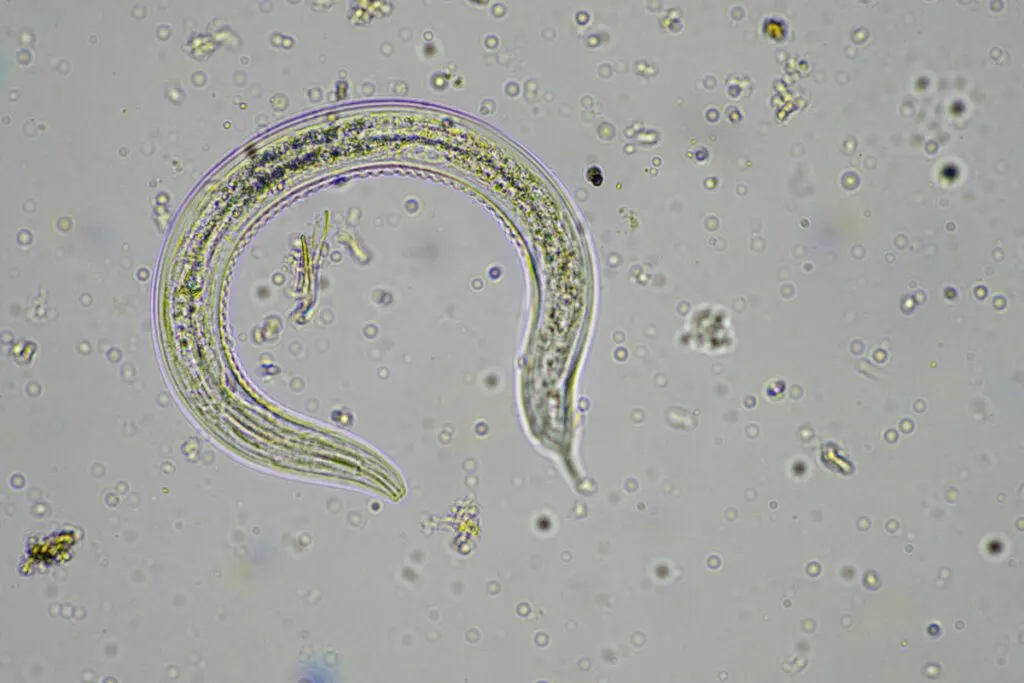
In zoology, the term invertebrates can refer to animal species that lack a backbone or vertebral column. They make up more than 90% of all living animals in the Animalia kingdom. Invertebrates are a diverse group studied within the subdiscipline of invertebrate zoology, and they include phyla such as Annelida (segmented worms), Mollusca (snails, clams, etc.), Arthropoda (insects, spiders, and crustaceans), and Echinodermata (starfish and sea urchins).
Biologists study invertebrate species to understand essential biological processes, evolution, and their relationships with other organisms. Invertebrates exhibit a wide range of body structures, with some demonstrating radial symmetry, commonly seen in Echinodermata, while others have unique features, such as the eight-legged arthropods belonging to the class Arachnida.
DNA research is a crucial aspect of invertebrate biology, as it helps scientists uncover the genetic relationships between species and their evolutionary histories. By comparing DNA sequences, researchers can identify similarities and differences among various invertebrate groups and provide insight into their taxonomy and the development of biological diversity.
Invertebrates play a vital role in ecosystems, and biologists often use them for monitoring environmental changes. Many invertebrates, such as insects and arthropods, are cold-blooded and sensitive to temperature fluctuations. As a result, they can serve as bio-indicators of climate change and habitat degradation. Additionally, the abundance and distribution of invertebrates can inform conservation efforts and help maintain overall biodiversity.
See Related: How Similar is Human DNA to Other Animals?
Characteristic Features of Invertebrates
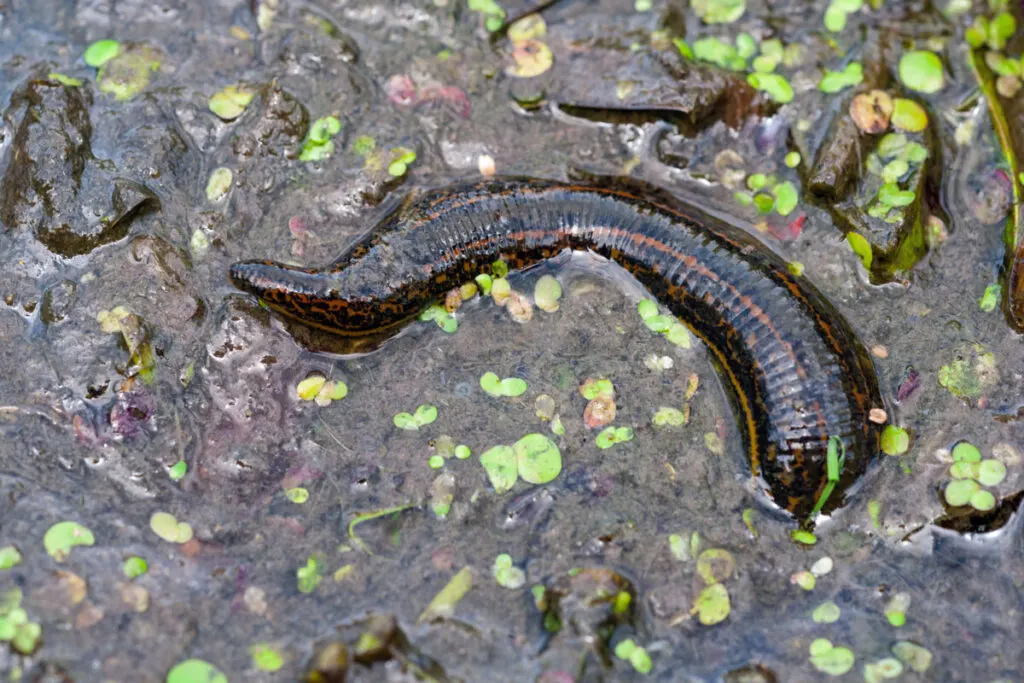
Invertebrates are animals that lack a backbone or vertebral column. They make up more than 90% of all animal species and display a wide range of physical traits and lifestyles. Some common examples of invertebrates include insects, worms, spiders, snails, echinoderms, sponges, jellyfish, and arthropods.
- Body Structure: Most invertebrates have soft bodies, often protected by hard exoskeletons. These exoskeletons provide body protection and a structure for the attachment of muscles. Certain invertebrates, such as sponges marine worms, have a simple body structure, while others like arthropods exhibit more complex body plans and segmentation.
- Diversity of Groups: Invertebrates encompass many different groups, such as cnidaria (jellyfish, corals, and sea anemones), annelids (earthworms, leeches), and protozoa (single-celled organisms). Other well-known invertebrates include bees, starfish, sea stars, and echinoderms like sea cucumbers and sand dollars.
- Habitat and Lifestyles: Invertebrates can be found in various environments, from deep-sea vents to terrestrial habitats. Some are parasites that live on or inside other animals, while others are free-living organisms. They display different modes of locomotion, such as tentacles in cnidarians or jointed legs in arthropods.
- Reproduction and Development: Many insects and invertebrates reproduce sexually, while others like sponges and certain echinoderms reproduce through asexual means, such as budding or fragmentation. Insect species, for example, undergo metamorphosis, passing through distinct developmental stages from eggs to adult forms.
Notable Invertebrate Species
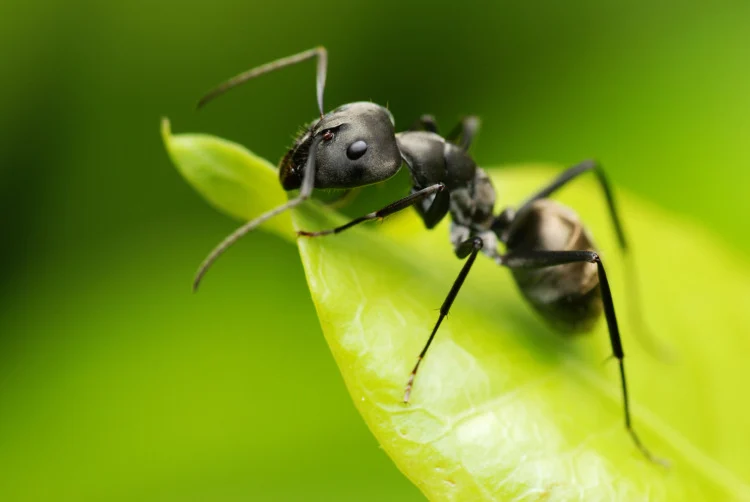
Earthworms play a vital role in soil health, contributing to its fertility by consuming organic matter and breaking it down into simpler nutrients. Their burrowing activity also improves soil aeration and water movement.
Ants are social insects that display remarkable teamwork and complex behaviors. They are one of the most successful invertebrates, with over 12,000 known species fulfilling various ecological roles, such as pollination, seed dispersal, and pest control.
Sea urchins are echinoderms belonging to the class Echinoidea. They are important grazers in marine ecosystems, controlling algae growth on coral reefs and other underwater structures. Sea urchins display radial symmetry, with a hard exoskeleton covered in spines.
Squids are cephalopods, mollusks known for their advanced nervous systems and unique body structures. They can change color using their specialized skin cells, called chromatophores, and are agile predators with tentacles and a beak-like mouth.
Bees are crucial pollinators for both wild plants and agricultural crops. They are social insects with a hierarchal colony structure consisting of a queen, workers, and drones. There are over 20,000 known species of bees, and their pollination services are vital for food production.
Corals form the basis of coral reef ecosystems and are actually colones of tiny, soft-bodied animals called polyps. They secrete calcium carbonate, creating a hard, external skeleton that provides habitat and protection for various marine organisms.
Sea anemones are related to corals and jellyfish, belonging to the phylum Cnidaria. Their simple structure consists of a tube-like body with a mouth and tentacles covered in stinging cells, called cnidocytes, which they use for capturing prey.
Nematodes, also known as roundworms, are one of the most diverse and successful invertebrate groups, with over 25,000 described species. These microscopic worms can be found in various environments, from soils to oceans, and have critical roles in decomposing organic matter and nutrient cycling.
Mussels are bivalve mollusks, filtering the water and keeping it clean in freshwater and marine ecosystems. They have a significant impact on their environment and are often used as indicators of water quality.
Tardigrades, or “water bears,” are microscopic invertebrates known for their extraordinary resilience. They can survive extreme conditions, such as dehydration, exposure to radiation, and temperature fluctuations. Their impressive survival skills have made them a subject of scientific fascination.
Wasps play important roles as both pollinators and predators, with some species acting as biological control agents. Social wasps build nests, while solitary wasps lay eggs in or on their prey. Their diverse behaviors and ecological significance make them notable invertebrates.
Related Resources
- Awe-Inspiring Animal Friendships We Need to Learn From
- Most Beautiful & Majestic Animals in the World
- Five-Letter Animals to Know Around the World


